Big Island Stargazing: Everything You Should Know
The stars have had both my attention and my fascination since I was a youngster. And after some experiences with Big Island stargazing, my fascination has only grown more profound.
Without a doubt, the opportunities to stargaze here in Hawaii, and especially on the Big Island, are astounding.
There’s a reason we have 23 observatories present here on this small island chain! (Actually, there are billions and billions of reasons.)
If Big Island stargazing is on your bucket list, you owe it to yourself to dive in and make sure you understand what your options look like and how to take advantage of this amazing opportunity.
We are here to help, so let’s get right into it!
Big Island Is Best!
I understand you might be a bit skeptical about opinions on this topic. I mean, since I live on the Big Island doesn’t it make sense that I would think this is the best place for stargazing? Well, yeah.
But, I actually have facts on my side! (That’s always a nice add-on.) Let me explain.
As I mentioned, there are over 20 observatories – multi-million dollar facilities with high-end telescopes observing and collecting data on all things in the heavens – at various locations across the Hawaiian islands.
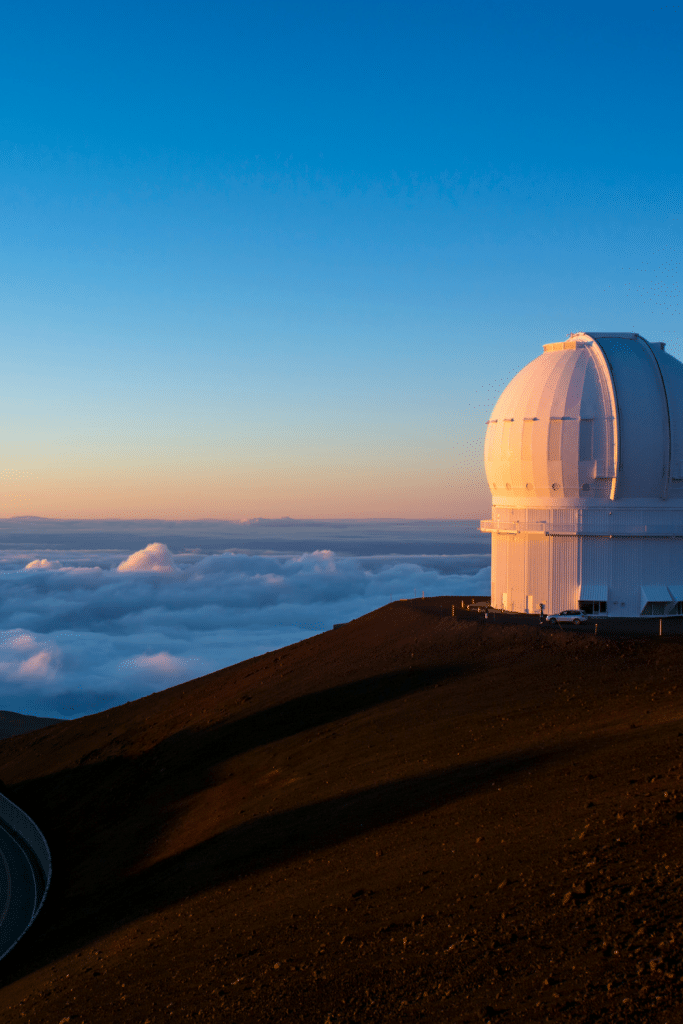
And fourteen of those incredible observatories are located on the Big Island, with twelve on the summit of Mauna Kea (elevation 13,796 ft) and two on Mauna Loa (elevation 13,678 ft).
For a little taste of what these observatories can capture, hop over to this image gallery from the Canada-France-Hawaii Telescope (CFHT).
Mauna Kea and Mauna Loa
Mauna Kea and Mauna Loa, both located on the Big Island, are the two highest peaks in the Hawaiian island chain.
In the Hawaiian language, their names mean “white mountain” and “long mountain”, respectively.
Given the elevation, it’s easy understand why the most advanced telescopes on the planet are placed on Mauna Kea.
Teams of astronomers from countries around the globe come to Mauna Kea to man their country’s high-end telescopes which have been placed at this location.
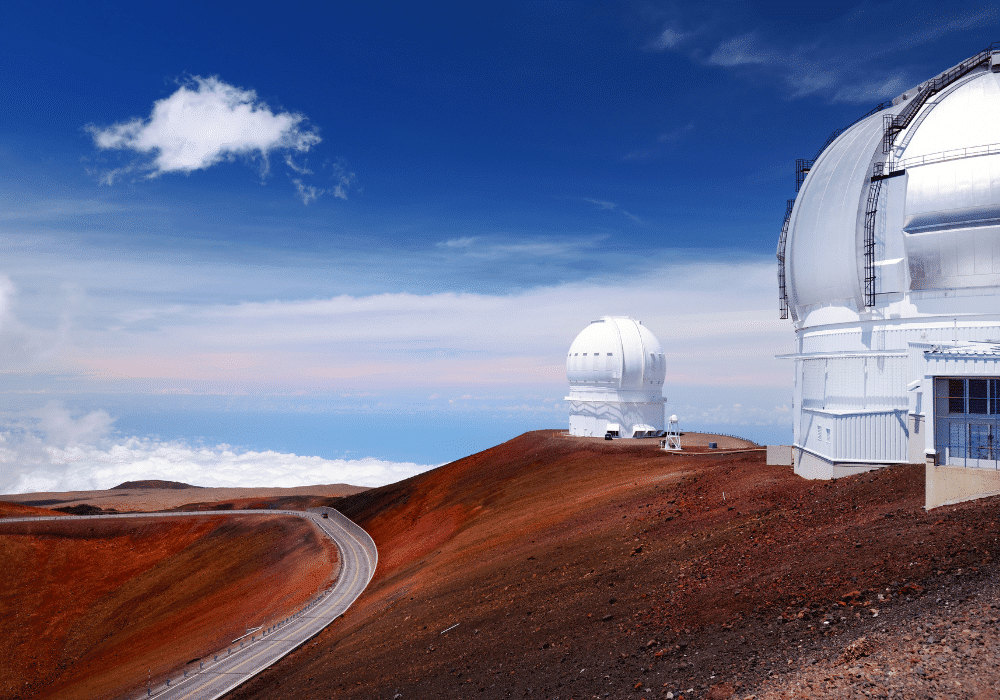
But besides simply elevation, Mauna Kea has several other factors going for it:
You can’t really ask for a better location for astronomical observation than the beautiful summit of Mauna Kea. Astronomers from around the world clearly agree.
Just how powerful are the telescopes on Mauna Kea? Well, there are multiple telescopes with mirrors in excess of 10 meters in diameter! That, my friends, will make for some serious stargazing.
Only the powerful space telescopes like the Hubble and the James Webb Space Telescope can outperform these Mauna Kea behemoths.
Visit Mauna Kea at Night
Let me start off this answer by saying this: The summit of Mauna Kea (or Maunakea, the proper noun) is one of the most significant spiritual sites in the world to native Hawaiians.
Many of them are deeply opposed to construction on the summit, which they view as desecration of a sacred site.
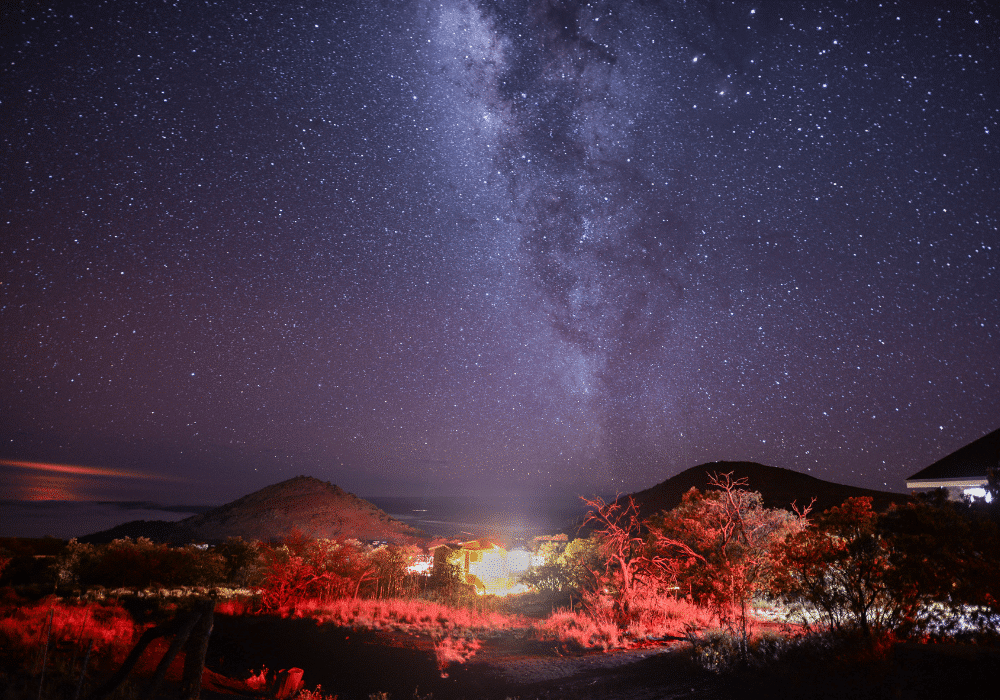
In recent months, Hawaiians have actively blocked access to the summit to protest and prevent the construction of the latest stargazing project: the Thirty Meter Telescope (TMT).
This is a $1.4 Billion project that intends to construct the largest telescope in the northern hemisphere.
So whether you should visit the summit of Mauna Kea at all is a highly charged question. Personally, I’ve chosen not to do so even if given the opportunity, out of respect for native Hawaiians and their culture.
That said, I recommend checking with the Maunakea Visitor Center for current visitor information.
Take care to note the elevation and risk of altitude sickness. Women who are pregnant and young children should not venture higher than the visitor center.
Stargazing options other than the summit
There are many locations on Mauna Kea that are ideal for a stargazing session aside from the summit itself.
I speak from experience, because our tour with James at EpicTours took place around 8,500 ft elevation on the western slope of Mauna Kea. It was simply incredible!
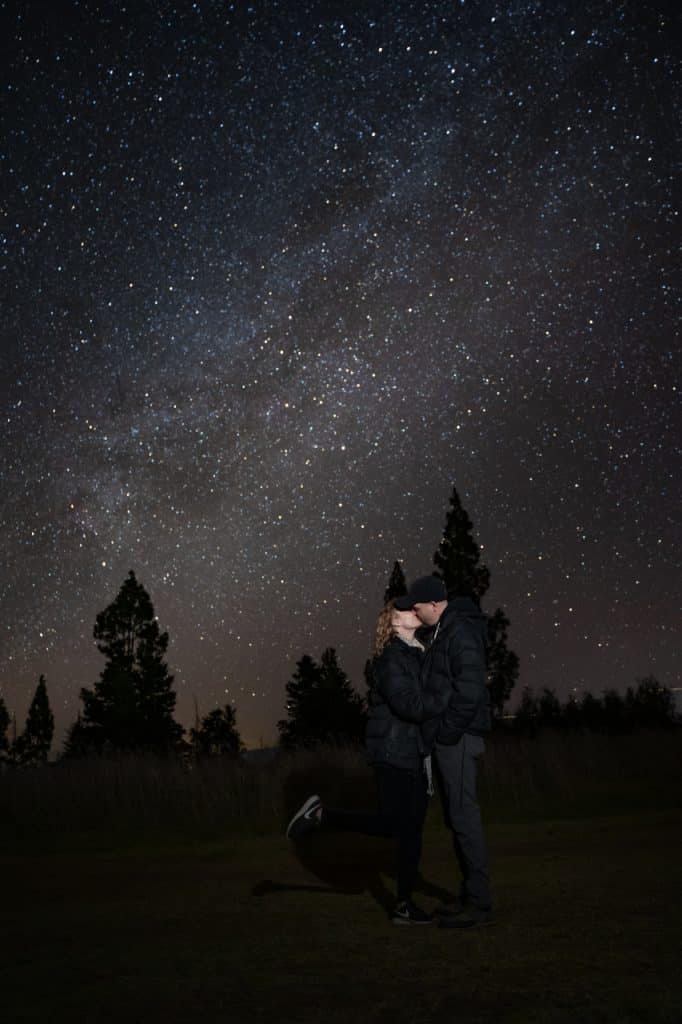
Our stargazing location was just a little over an hour drive from our home in Kailua Kona, so it was also far more convenient than a trip all the way to the summit as well.
When your guide is extremely experienced and knowledgeable like James, you can trust them to deliver the best experience possible. His intimate knowledge of the skies and the mountain allowed him to craft the right experience in the right location for that particular night. It was a perfect way to ring in the New Year!
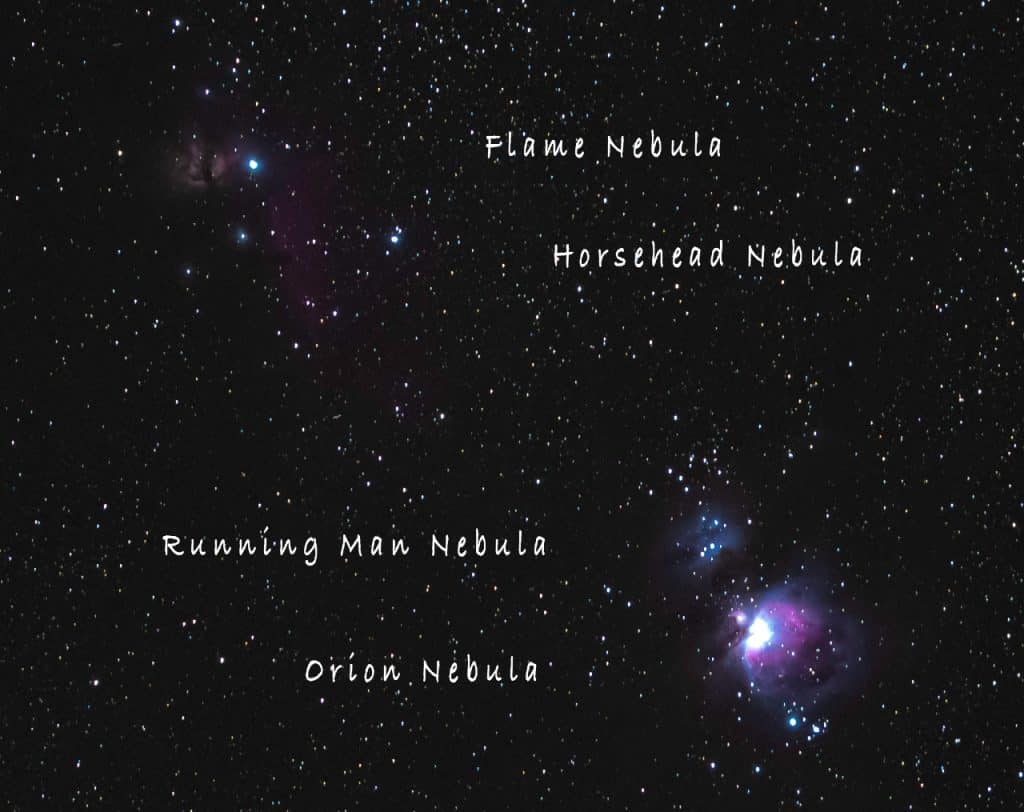
Photos included is a huge plus!
And here is my personal advice: If your tour doesn’t include images taken by an astro-photographer, you may be missing out.
Despite the additional expense, I recommend the upgrade to ensure you have quality photos and keepsakes of the night experience.
It will be colder than you think
When you get up to these higher elevations on the slopes of a mountain, things can get chilly pretty fast. And especially when you are spending a couple of hours or more out in the elements, you will feel the effects for sure.
For us, it was our toes that got the coldest during the tour. Even though it was around 50 degrees at our location, the constant breeze made it feel much cooler than that.
We wished many times that we had brought along a pair of wool socks to throw on!
I recommend wearing thick wool socks!
Luckily, James brought along warm parkas for everyone. We made very good use of those. He also provides hot cocoa to help warm your bones as well, so you can definitely call his tour an all-inclusive option. Trust me, also pack a warm hat.
See the Milky Way in Hawaii
Well, I guess I’ve already given away the answer to this question with our image from above, kissing under the Milky Way.
But I’ll say it clearly: Yes, on a clear night above 8,000 ft elevation, you should have absolutely NO problem viewing the Milky Way with the naked eye. Sure, the photography really makes it pop, but it was really no less stunning just looking up without any equipment to aid us.
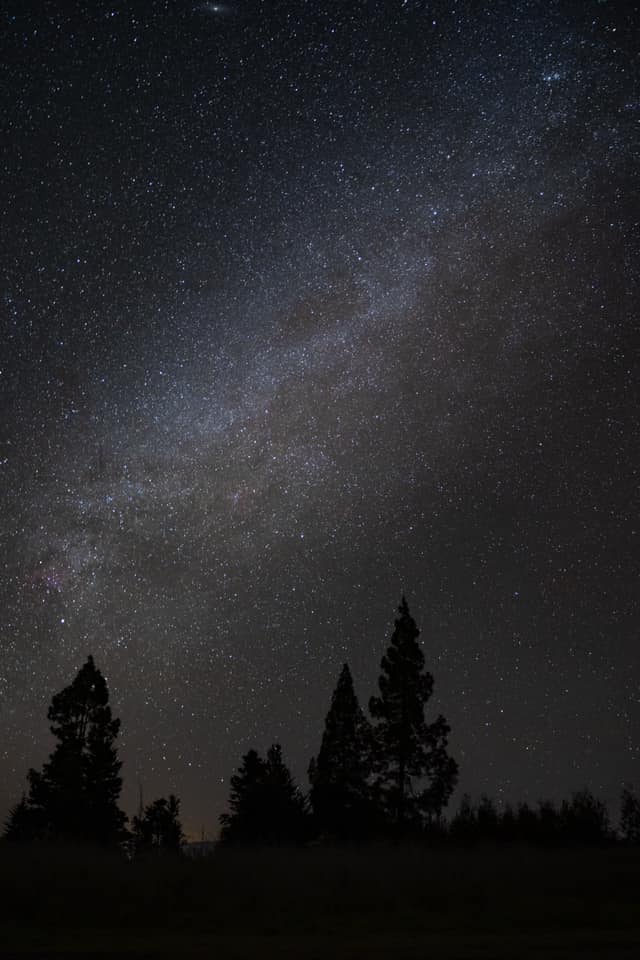
Honestly, I felt like I could just got take a swim in that beautiful river of stars. It felt so close and was so vivid and alive, I was certainly tempted to try.
Visit the Observatory
If you’re going to visit the Big Island and you are a complete “star nerd” (or not), it’s likely that you can’t stop thinking about a visit to the famous Keck Observatory.
The Keck Observatory is home to a pair of 10-meter telescopes, which are able to capture images of the heavens like these.
Two Visitor Centers
The good news is that there are actually two visitor centers for the observatory. One is located at the observatory’s headquarters in Waimea. The other is located at the summit, close to the telescopes themselves.
Both are normally open for visitors during limited hours and you are able to learn everything about these amazing pieces of stargazing technology.
Plan ahead and check with the visitor centers prior to your visit. There are times when they close to the public as the state of Hawaii is (understandably) extremely cautious to maintain cultural and environmental surroundings.
Cancel or Reschedule Tour
Here on the Big Island, the reality is that weather conditions can change quite rapidly and can be very unpredictable. This can make scheduling a stargazing tour during a shorter visit quite a challenge.
While I am almost certain that all reputable stargazing tour companies have reasonable cancellation and change policies, you should carefully review them before booking.
If you are only visiting the island for a short stay of a week or so, the last thing you want is to book an appointment with a tour company that only offers rescheduling but not refund options in the event of poor stargazing conditions.
With just a little bit of bad luck, the skies could be uncooperative for the duration of your stay.
For shorter stays on the island, it may be a good idea to not have a good chunk of your vacation budget tied up in a “finicky” tour like this. You want to be able to experience as much as you can of all the island has to offer! This may mean opting for activities and tours that are less dependent on multiple factors, not to mention less expensive.
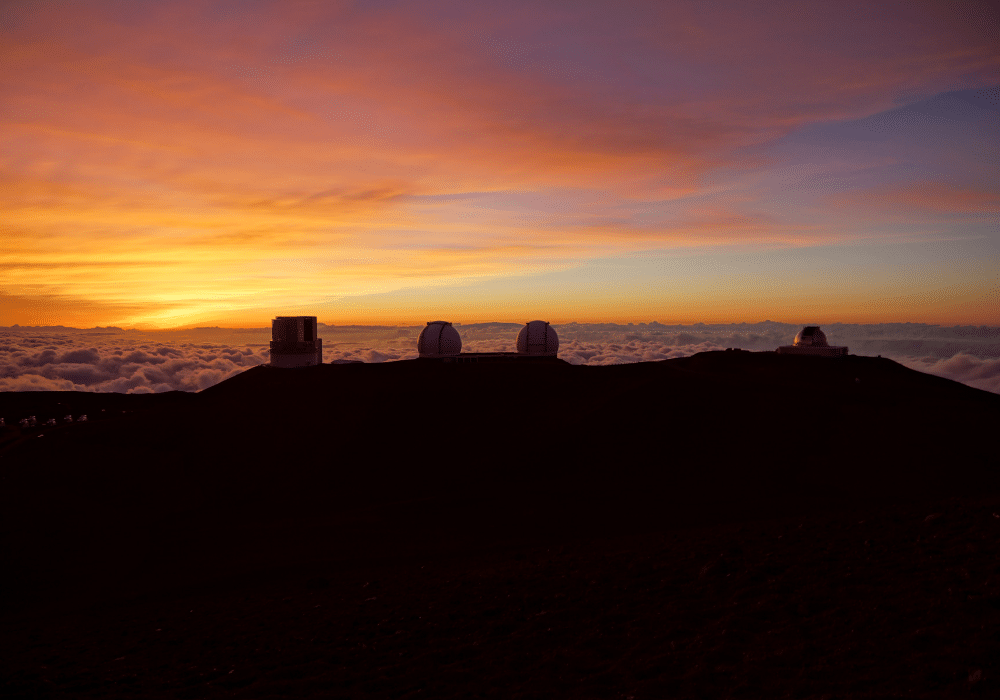
Self-Guided Stargazing vs Tour
We have obviously focused primarily here on opportunities for you to explore the stars with a guide. But hey, we also remember being a kid just laying out on the lawn at night, staring up into forever and transported to other worlds.
So no, you absolutely do not need a guide to enjoy the night sky on the Big Island! Instead, you could simply choose what you expect will be a clear night and head out on a drive across Saddle Rd.
This road takes you up several thousand feet in elevation and moves you quickly away from almost all light pollution (even though there is not much of it here on the island). Finding a spot to safely stop along that road to hop out and view the stars won’t be too tough.
Sure, you might not end up with the “perfect” conditions for stargazing. In fact, you might strike out completely and have a cloud layer roll in from nowhere and obscure your view of the heavens.
And if that’s the case, then you spent a few bucks in gas and escaped the city for a little peace and quiet. That’s my kind of failure.
But more than likely, if you keep your eye on the weather a bit, your outing will introduce you to a brilliant night sky like you have never experienced before!
Personally, I would be willing to take that “risk” and strike out on my own without any hesitation at all.
I’m sure in the time we have left here on the island, I will do just that at least a couple of times. The stars are definitely calling my name.
Is Big Island Stargazing Right for You?
When it comes to enjoying the night sky on the Big Island, you really can’t go wrong no matter what you choose.
Whether a guided tour will give you the best experience, or simply a stargazing outing on your own, I can pretty much guarantee you will be completely astounded by the Big Island’s view into the cosmos.
Please, don’t miss the opportunity!
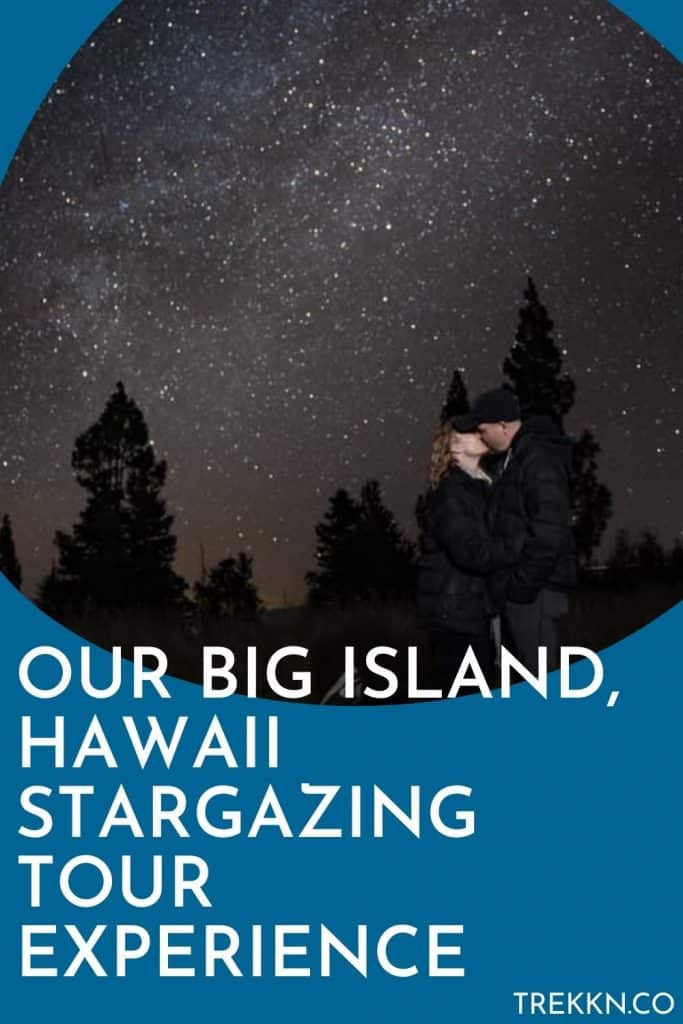

Todd loves a competitive game of table tennis, a breathtaking hike, and exploring new places. He lived and traveled in an RV with his family as they traveled throughout much of the US and parts of Canada. Todd has extensive knowledge about RV travel, safety, and accessories and has shared many of his stories here on TREKKN. When he’s not busy launching and building small businesses, you may find him staring at pictures of Glacier National Park (probably his favorite spot on earth).
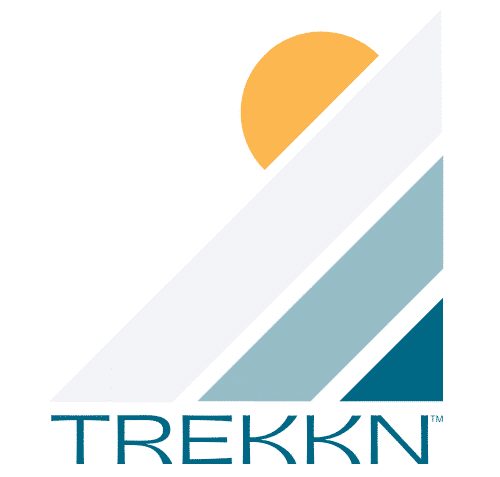

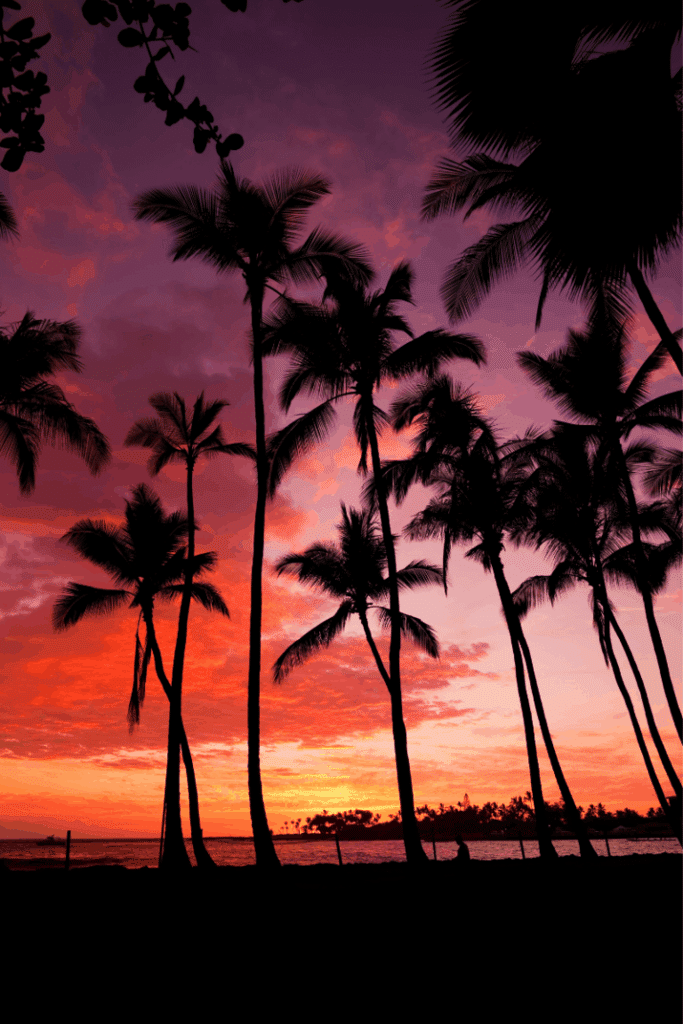
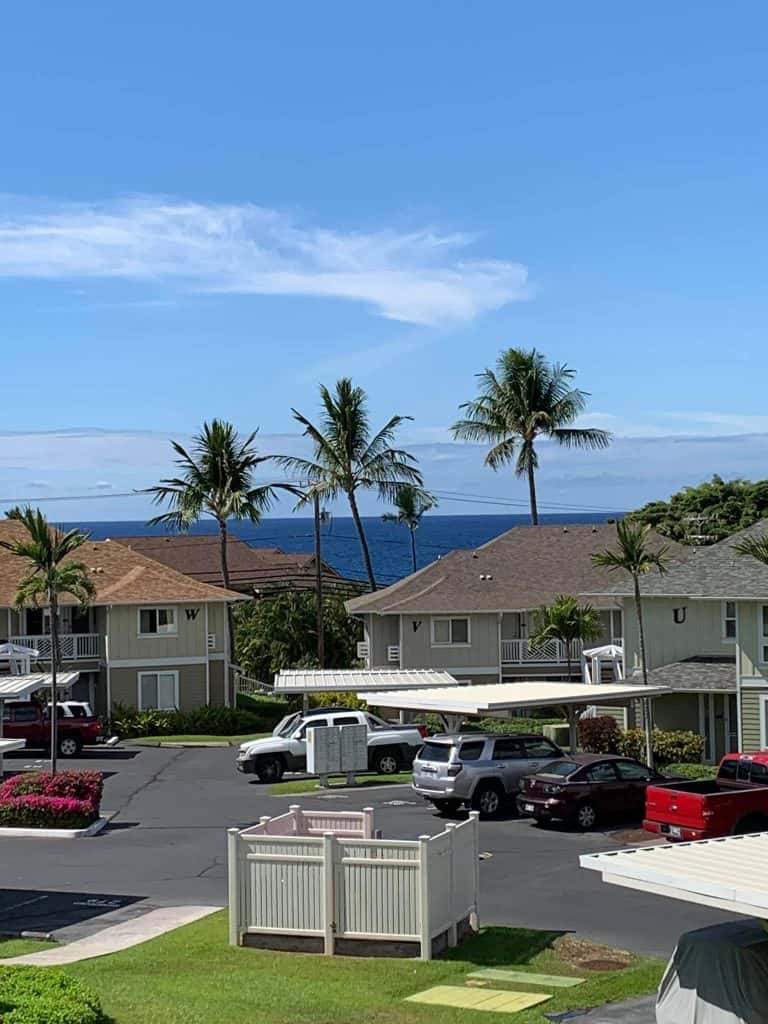
Great article! thank you for the pro-tips. It would be awesome were you to update your blog
—according to MKVIS:
WE ARE OPEN!
Please adhere to safety barriers and social distancing according to local, state and federal guidelines. Modified daily hours of 11:30 a.m. to 7 p.m will be in effect until further notice. Read full release
Thank you for chiming in. From what I’m seeing it looks like the observatory visitor centers are still closed but the Mauna Kea Visitor Information Station is now open, so I added that to our post.
Appreciate it very much!